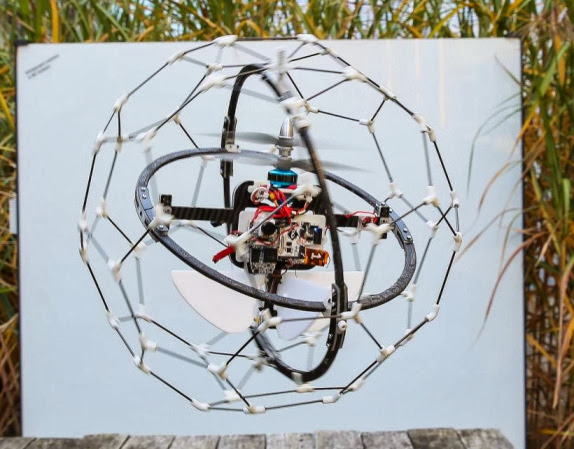[Ferdinand] sent in a tip about the very cool DelFly Explorer, built by researchers at Netherlands’ Delft University of Technology, which is claimed to be the world’s first autonomous, flapping micro air vehicle. While it doesn’t fly like a typical ornithopter, the specs will convince you not to care. It has an 28 cm wingspan and weighs 20 grams, which includes motors, a battery, two cameras, and an autopilot. The autopilot uses accelerometers and a gyroscope, plus a barometer for altitude measurement.
You can see the on-board video at the 35-second mark on the video (after the break). They are incredibly noisy images, but apparently the researchers have come up with some algorithms that can make sense of it.
You can see the on-board video at the 35-second mark on the video (after the break). They are incredibly noisy images, but apparently the researchers have come up with some algorithms that can make sense of it.
Put it all together, and you have a machine that can take off, maintain altitude, avoid obstacles, and fly for nine minutes. We’ve seen a cool ornithopter design before, and even a thrust vectoring plane, but this surpasses both projects. It’s pretty incredible what they have been able to fit into such a small design.




